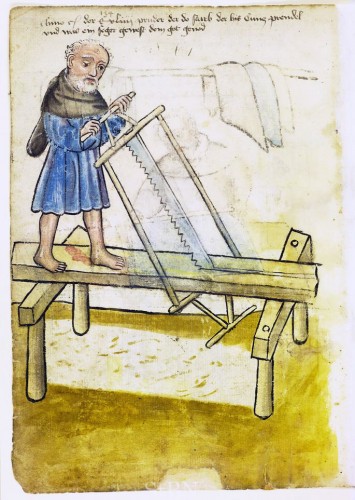Today is my last day as the assistant props master at the Public Theater, and on Monday, I’ll be gone from New York City as well. I’ve been planning this for some time; my wife has been teaching scene design down at Elon University for the past year and a half, and when her position became more permanent, I decided to finish up the autumn productions up and move down there with her. A year and a half is long time to be  over five hundred miles apart.
It’s been amazing working at the Public Theater. First of all, it has such a rich history. This is the theatre where Hair and Chorus Line debuted. This has been one of the focal institutions for downtown New York Theatre for half of a century. More important than its history though is its continuing contribution to New York theatre.
I’ve gotten to work with designers like John Lee Beatty, John Conklin, and Eugene Lee; these are designers I studied in college a decade ago. The same is true of writers like Suzan-Lori Parks, Tony Kushner, and Christopher Durang, all of whom were required reading in at least one of my classes. I also got to work with all sorts of up and coming designers, such as Mark Wendland, Donyale Werle and Scott Pask. Of course, I’ve worked on shows with great directors as well, including Daniel Sullivan, David Esbjornson, Michael Greif, JoAnne Akalitis, Alex Timbers, Richard Foreman. The list goes on.
More importantly, my colleagues were an amazing part of my time there. Our artistic director often remarked that we were the “best staff in the American theatre”. I don’t know if I’m qualified to say whether it is the “best” or not, but I can certainly say that the production staff there is one of the great production departments in the world of theatre. It was a blessing and a challenge to be able to work with equals rather than having to be the smartest one in the room (ha ha, I’m very modest).
I also feel that being at the Public has reaffirmed by belief in the necessity of theatre. Theatre is predicated on the fact that there is a performer and there is an audience and they have to be in the same space. You cannot package it, commoditize it and distribute it; you have to be there, you have to put the time in, and you have to listen. It is an art form that acknowledges that we are our relationships with other people, and that storytelling is more than just consuming something on a screen. Much of what the Public does is exciting from the tightly-packed, creaky room where the Belarus Free Theatre performed their heartbreaking work which made them criminals by their totalitarian government, to the palpable electricity caused by 1800 people quieting down as the show begins in the open-air Delacorte Theater in the middle of Central Park.
Of course, I am excited by my new adventure. I will have my own workshop. Though tiny, it is more than I’ve ever had. I am of course, hard at work on my book. After the holidays, I already have a bit of work lined up at PlayMakers Rep building some props for their Shakespeare shows (I’m good at Shakespeare props). This blog will certainly soldier on. I actually began it before I ever worked in the Public Theater’s prop shop! Hard to believe.




